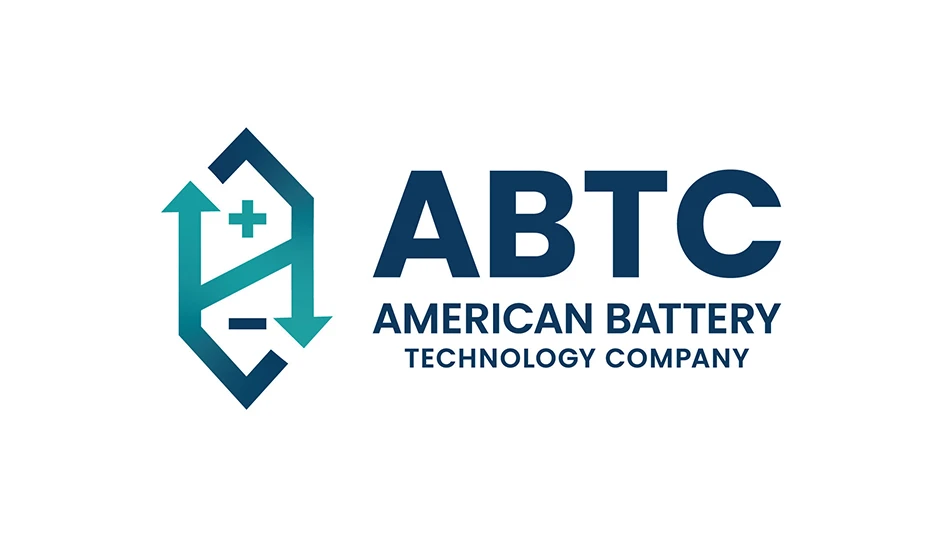
Jozef Jankola | stock.adobe.com
The U.S. House Committee on Natural Resources has favorably reported the Critical Mineral Consistency Act of 2024 (HR 8446). The bill seeks to ensure consistency between critical minerals as defined by the Department of Energy (DOE) and critical minerals as defined by the U.S. Geological Survey (USGS).
Bill supporters include the McLean, Virginia-based Copper Development Association (CDA), as well as the Zero-Emission Transportation Association (ZETA), the Business Council on Sustainable Energy (BCSE) and the National Mining Association (NMA), all based in Washington.
RELATED: A bright future on the demand side
“We are grateful for USGS noting their support for the legislation… and for bipartisan support for the Critical Mineral Consistency Act of 2024,” CDA President and CEO Adam Estelle says. “With copper demand projected to double by 2035, committee approval of this legislation is a tremendous step towards ensuring copper receives the critical recognition it deserves and requires to protect and promote our domestic copper industry.”
According to CDA, DOE critical materials like copper, electrical steel, silicon and silicon carbide are at a disadvantage by not being eligible for the more extensive benefits allotted to the USGS Critical Minerals list. The Critical Mineral Consistency Act aims to eliminate confusion between “materials” and “minerals” and add critical material to the definition of critical mineral.
“This critical legislation will improve interagency coordination, help to secure our domestic supply chain and improve American energy and national security outcomes,” Rep. Juan Ciscomani said at the U.S. House Committee on Natural Resources legislative hearing June 4. “I truly believe this legislation is a commonsense solution that should have bipartisan support.”
The addition of copper to the USGS Critical Minerals list will provide new tax and funding benefits to spur domestic demand for copper, CDA says. It will also allow for faster permitting to help develop new supply sources to meet increasing demand.
Get curated news on YOUR industry.
Enter your email to receive our newsletters.Latest from Recycling Today
- Circular by Shapiro releases "5 for Five" sustainability series
- Graphic Packaging set to close Ohio CRB facility
- Ameripen voices support for Maryland EPR bill
- Matalco to close Canton, Ohio, plant
- Maryland county expands curbside recycling to include electronics
- California EPS ban will be enforced
- YKK AP America introduces BetterBillet
- Fresh Perspective: Cameron Keefe





